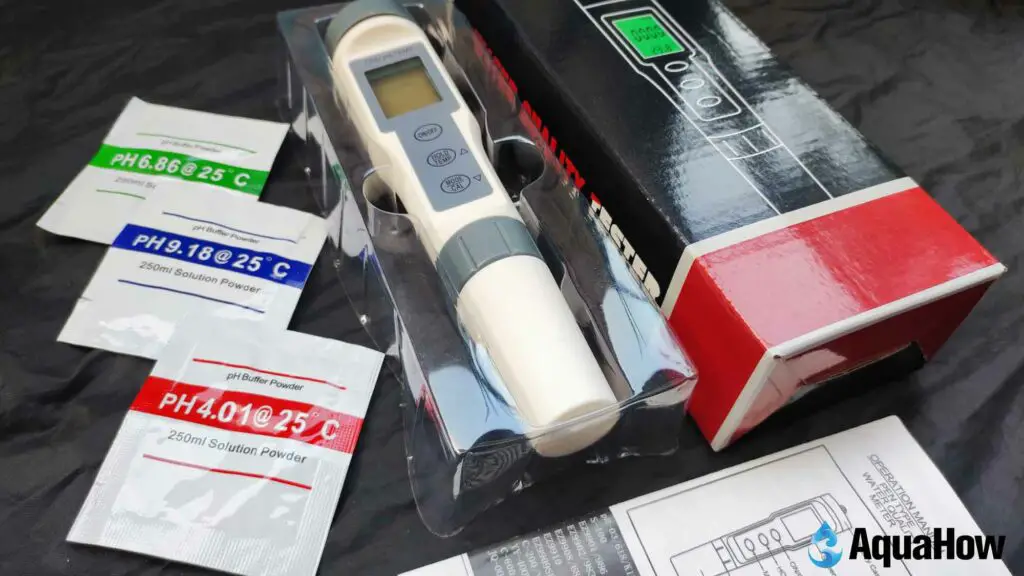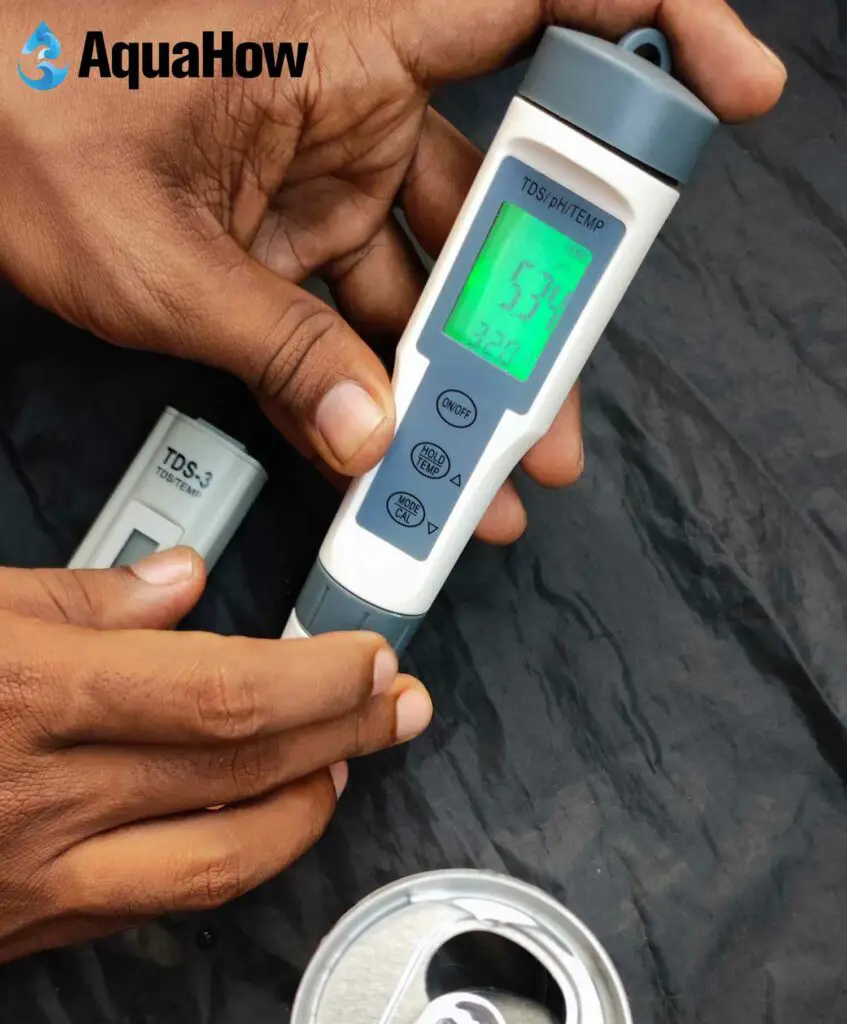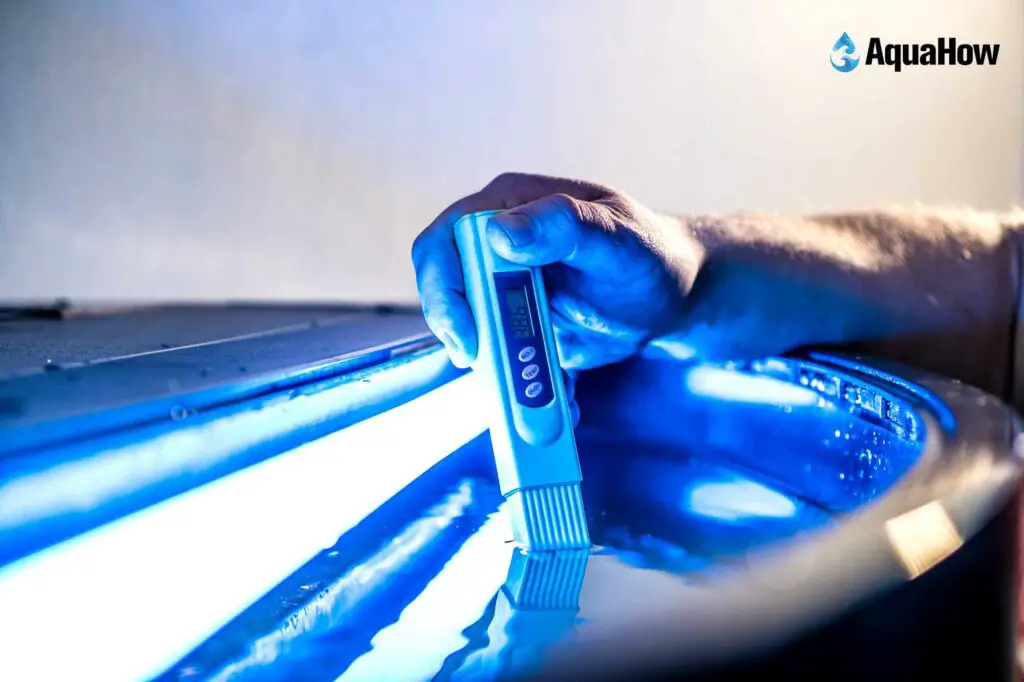The TDS meter’s duty is to calculate the amounts of the solved organic and inorganic substances in water. It ensures that you drink the best quality water or use it for other uses of appropriate quality with this device.
Accuracy cost saving and there are more concerns when calculating the TDS level. The Calibration is the key to all of them as it increases all such concerns every time the TDS meter is calibrated.

Why do I need to calibrate my TDS meter?
You must calibrate your TDS meter to get several benefits, such as:
Accuracy
The most important thing about the TDS meter is its accuracy. No matter for what purpose you use after, you must know the quality of the water you use. If the accuracy of the TDS meter is high, then you can measure the quality without any fault. Also, you can correct the margins, which you should.
Cost Savings
After getting accurate readings, you can change lots of aspects. For example, if the water quality is low, you can easily replace the filter. This can save lots of money you might have to spend on medicine.
When it comes to larger-scale applications, industries can avoid unnecessary money expenditures for treatments. They can prevent expenses they have to bear for the crops, equipment, and other materials as well.
Compliance
Calibration is one of the standards an organization or an individual needs to maintain when acquiring compliance. Along with the Calibration, you not only measure the quality of water in the industry but declare your accuracy to the world.
Durability
When you don’t calibrate your TDS meter, it requires more maintenance. Also, you will have to calibrate the meter more than the usual recommended frequency. That directly affects the durability of your meter. Also, you may need to purchase new meters in short frequencies.
Do I need to calibrate my TDS meter?

Yes, you must calibrate your TDS meter occasionally. Although there is a specific period that the TDS meter’s manufacturer ensures, you must calibrate your TDS meter regularly.
That is why Freshwater like professional TDS manufacturers send a leaflet to inform their customer.
Note: We inquired about several TDS meter manufacturers and discovered that all of them are factory-calibrated at 342ppm NaCl.
How long should I calibrate my TDS device?
The calibration requirements of TDS meters depend on various factors such as the frequency of the use of the TDS meter, the quality of water the mater is used to test, storage of the device, and environmental factors such as mist.
But, there is a common acceptance regarding the TDS meter’s Calibration, which recommend Calibration once in 6-12 months.
Note: If you observe a significant difference in the values, it is a suggestion to conduct the Calibration as quickly as possible.
How Can I Calibrate My TDS Meter to Ensure Accurate Results?
To ensure accurate results, it is crucial to calibrate your TDS meter properly. Start by preparing a standard solution with a known TDS value. Immerse the meter’s probe in the solution and allow it to stabilize. Adjust the calibration knob until the meter displays the correct value. Repeat the process periodically and always follow the manufacturer’s instructions. The best tds meter for accurate results will depend on your specific needs and budget.
How to conduct the TDS meter calibration?
You may follow the below steps to calibrate your TDS meter. They will suit a standard TDS meter. If you have a different TDS meter that has unique instructions, you must follow them.
1. Prepare the Calibration Solution

As the first step, you must prepare the calibration solution. You can purchase the solution from a local store or online platform.
Note: Since there are different kinds of solutions in the market, you must choose the recommended solution for your TDS meter. The usual solutions for the most common TDS meters are 1000 ppm, 800 ppm, or 500 ppm.
You may follow these instructions to prepare a TDS calibration solution at home.
- Weigh 1g of table salt.
- Measure 1/2 Ltr (500ml) of Decent DI water (You can use Ultra Pure H20)
- Mix all those two substances
- Now you have prepared a Test solution. It is the NaCl of 2000 PPM which is the standard calibrating solution for many TDS meters.
- You must reduce the concentration of the solution.
- You must mix 250 ml of the solution with another 250 ml of DL water. That will be a 1000PPM calibrating solution.
2. Facilitate 25°C (77°F)
The optimum temperature for calibrating the TDS meter is 25°C (77°F). You must facilitate this temperature. The best way to do this is to choose a specific time of day with this temperature.
3. Choose a container

You must fill the water container with the calibration solution. The container must be clean and should not contain any residue.
Note: If you have purchased a solution from the market, you can immerse the TDS meter.
Fill the container using the solution.
4. Immerse The TDS mater in the solution
You must immerse the TDS meter in the solution next.
Note: The immersing depth may vary from one TDS device to another. The most common immersing depth is 2,” and you must not exceed that.
5. Stabilization
You must wait until the meter stabilizes. The waiting time can be as short as a few seconds and long as 30-60 seconds. That is due to the condition of the TDS meter, model, and several more factors.
6. Checking the Reading on the TDS meter
As the next step, you must check the reason on the meter. If it is as same as the Solution’s TDS value, you won’t have to calibrate the TDS meter.
If the Reading has varied in a significant range, you must conduct the Calibration.
Note: If the accuracy is within the 2% range, you should not conduct the Calibration.
7. Adjust The Meter to the TDS value of the solution
You must adjust the TDS value to the exact value of the calibrating solution. This step may vary from one model to another. You must look for the user annually to get a precise idea about the procedure.
The most common methods involve calibrating the device using arrow keys and digital functions and tightening the screws.
For example, the Freshwater TDS meter requires a calibration process that involves y inserting a mini-screwdriver into the trimmer pot (small hole on the rear of the meter).
8. Repeat The Steps
The next step is to follow the above steps using another calibration solution.
Note: If you are satisfied with a single routing, that will be enough too. But, the calibrating process will be confirmed only after following another calibration process using a different solution.
9. Store The TDS meter properly
You must store the TDS meter in a proper place that prevents contamination or eh damage. Usually, most of the TDS meters come with a clip to the bottom, which increases safety.
Conclusion
You can use the TDS meter in the most appropriate way after calibrating the TDS meter. But, you must have a specific schedule to get the best out of the calibration process.

